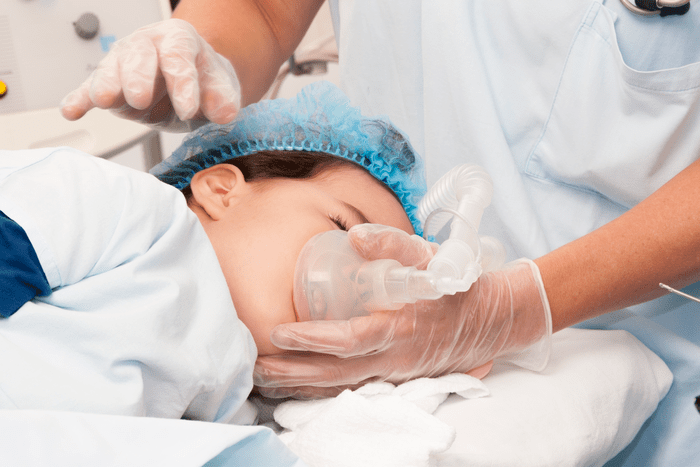
The call came in as a “child down.” No other information was available. As your unit races to the scene, you do a quick mental inventory of the equipment you may need: pedi bag, airway bag, spinal immobilization, trauma bag. As with any emergency, your pulse is racing, but when the call involves a child, there is always an added layer of stress. Is your equipment ready? Did you inventory the pedi bag this morning? Can you recall the drug dosages, in case the child is in full arrest? A million questions flash through your mind.
Pediatric patients are not simply smaller versions of adults. And when the emergency involves traumatic injury, the call can be especially unnerving. There are special considerations when caring for pediatric trauma patients and it’s your job to be ready. So, ask yourself: Are you prepared for pediatric trauma?
Gearing Up
Even before the call comes in, you should ensure your equipment is up to par. Daily checkouts are critical, especially concerning pediatric gear, since there may be long stretches between pediatric calls. Inventory your pedi bag at the start of each shift.
This means opening the bag, sorting through each compartment, and ensuring that all required equipment is present and accounted for. Visually inspect your pediatric gear. Disuse can wreak havoc on equipment. Plastics can become cracked through dry rot, gear can be damaged during the rigors of emergency response, and weather extremes can render delicate parts inoperable.
Your pediatric equipment should include a range of sizes, enabling you to treat the smallest newborn to the heftiest child. And since there is no “one size fits all” when it comes to things like blood pressure cuffs, endotracheal tubes, or immobilization devices, you must have a range of sizes on hand.
This is especially true of your portable suction device. Suctioning pediatric trauma patients requires a cautious approach. Long-term suctioning can lead to hypoxia, especially in small children. Over-aggressive suctioning can damage fragile oral and nasal tissues. Using too large a suction catheter can cause secondary injuries, as can high negative pressure. Consider dialing back the pressure when suctioning your smaller patients.
How to Approach the Pediatric Patient
Assessing the pediatric trauma patient begins as you approach the patient. The recommended assessment strategy of the Pediatric Assessment Triangle includes:
- Appearance
- Work of breathing
- Circulation to skin
Treating the pediatric patient requires a more thoughtful approach than treating adults. Children, especially when sick or injured, may be scared, in pain, and frightened of rescuers. Use a calm voice, make eye contact, and get down to the child’s level, by squatting or kneeling. Tell them what you are going to do before you do it, even if you are simply checking their pulse. As you talk to the patient, take in their general appearance, including:
- Tone: Is the child moving with good muscle tone, or are they limp or flaccid?
- Interactiveness: Do they engage with others, or are they listless and unresponsive?
- Consolability: Can the child be comforted, or are they crying and agitated?
- Gaze: Does the child fix their gaze, or do they appear dazed and disoriented?
- Speech/Cry: Is the child’s speech or cry strong, or do they whimper and mumble?
The overall appearance of the child can provide a wealth of information as to their stability and injury severity and will help you determine whether to continue your assessment or load and go.
High Index of Suspicion
Since children are unable to express themselves fully like adults, you must maintain a high index of suspicion when dealing with pediatric trauma. The child’s injuries, or simply their fear, may prevent them from articulating their injuries, so be alert when you encounter the following common mechanisms of injury:
- Motor vehicle crashes, where the child is a passenger:
- Unrestrained: multisystem trauma, head and neck injuries, lacerations
- Airbag deployed: head, neck, facial, and eye injuries
- Restrained: chest and abdominal injuries (look for seatbelt marks), cervical and lower spine fractures
- Auto vs. Pedestrian:
- Low speed: lower extremity trauma
- High speed: chest and abdominal injuries, head and neck injuries/fractures, lower extremity fractures
- Falls from a height:
- Low: upper extremity fractures
- Medium: head and neck injuries, upper and lower extremity fractures
- High: multisystem trauma and extremity fractures
- Bicycle accidents:
- Without a helmet: head and neck injuries, scalp and facial lacerations, upper extremity fractures
- With a helmet: upper extremity fractures
- Hitting the handlebars: internal abdominal injuries
Treating a pediatric trauma patient is all about preparation, and the preparation begins at the start of each shift. Check out your equipment, especially the tools you rarely use, to ensure they are present and in working order. Approach the pediatric patient carefully and with consideration as to their age, situation, and fear level. Maintain a high index of suspicion, since they may be unable or unwilling to relay their injuries. These simple recommendations will ensure you are always prepared.
Editor's Note: This blog was originally published in January, 2018. It has been re-published with additional up to date content.
















